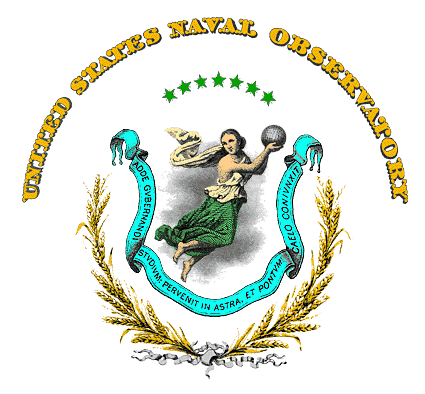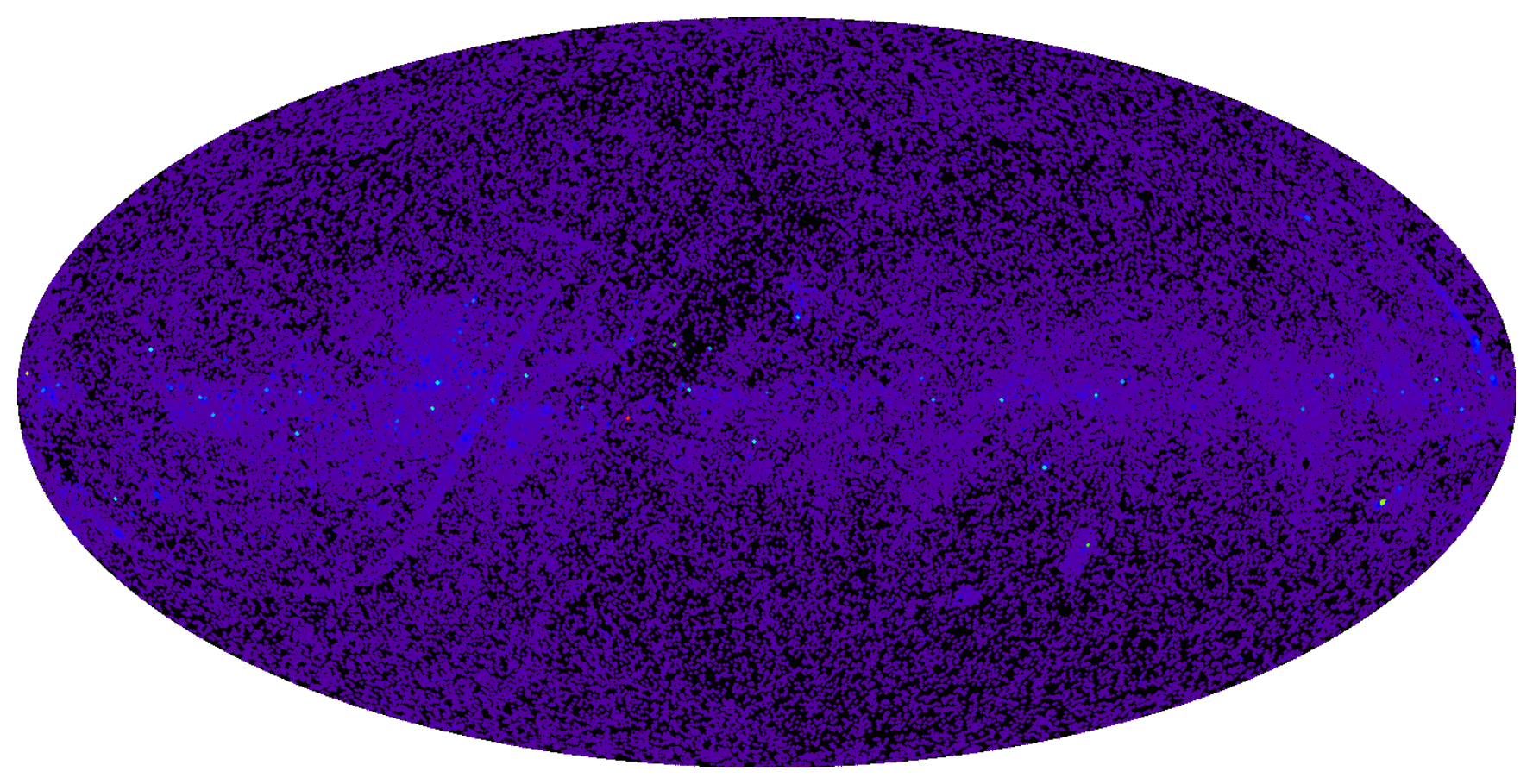|
Index Catalogue Of Visual Double Stars
The Index Catalogue of Visual Double Stars, or IDS, is a catalog of double stars. It was published by Lick Observatory in 1963 and contains measurements for 64,250 objects, covering the entire sky. The database used to construct this catalog was later transferred from Lick Observatory to the United States Naval Observatory, where it became the basis for the Washington Double Star Catalog. , Brian D. Mason, Gary L. Wycoff, and William I. Hartkopf, astrometry department, ; accessed on line July 22, 2008. See also * |
Astronomical Catalogue
An astronomical catalog or catalogue is a list or tabulation of astronomical objects, typically grouped together because they share a common type, morphology, origin, means of detection, or method of discovery. The oldest and largest are star catalogues. Hundreds have been published, including general ones and special ones for such items as infrared stars, variable stars, giant stars, multiple star systems, star clusters, and so forth. General catalogs for deep space objects or for objects other than stars are also large. Again, there are specialized ones for nebulas, galaxies, X-ray sources, radio sources, quasars and other classes. The same is true for asteroids, comets and other Small Solar System body, solar system bodies. Astronomical catalogs such as those for asteroids may be compiled from multiple sources, but most modern catalogs are the result of a particular astronomical survey of some kind. Since the late 20th century catalogs are increasingly often compiled by com ... [...More Info...] [...Related Items...] OR: [Wikipedia] [Google] [Baidu] |
Double Star
In observational astronomy, a double star or visual double is a pair of stars that appear close to each other as viewed from Earth, especially with the aid of optical telescopes. This occurs because the pair either forms a binary star (i.e. a binary system of stars in mutual orbit, gravitationally bound to each other) or is an ''optical double'', a chance line-of-sight alignment of two stars at different distances from the observer. Binary stars are important to stellar astronomers as knowledge of their motions allows direct calculation of stellar mass and other stellar parameters. The only (possible) case of "binary star" whose two components are separately visible to the naked eye is the case of Mizar and Alcor (though actually a multiple-star system), but it is not known for sure whether Mizar and Alcor are gravitationally bound. Since the beginning of the 1780s, both professional and amateur double star observers have telescopically measured the distances and angles between d ... [...More Info...] [...Related Items...] OR: [Wikipedia] [Google] [Baidu] |
Lick Observatory
The Lick Observatory is an astronomical observatory owned and operated by the University of California. It is on the summit of Mount Hamilton, in the Diablo Range just east of San Jose, California, United States. The observatory is managed by the University of California Observatories, with headquarters on the University of California, Santa Cruz campus, where its scientific staff moved in the mid-1960s. It is named after James Lick. The first new moon of Jupiter to be identified since the time of Galileo was discovered at this observatory; Amalthea, the planet's fifth moon, was discovered at this observatory in 1892. Early history Lick Observatory is the world's first permanently occupied mountain-top observatory. The observatory, in a Classical Revival style structure, was constructed between 1876 and 1887, from a bequest from James Lick of $700,000, . Lick, originally a carpenter and piano maker, had arrived from Peru in San Francisco, California, in late 1847; after ac ... [...More Info...] [...Related Items...] OR: [Wikipedia] [Google] [Baidu] |
United States Naval Observatory
United States Naval Observatory (USNO) is a scientific and military facility that produces geopositioning, navigation and timekeeping data for the United States Navy and the United States Department of Defense. Established in 1830 as the Depot of Charts and Instruments, it is one of the oldest scientific agencies in the United States, and remains the country's leading authority for astronomical and timing data for all purposes. The observatory is located in Northwest Washington, D.C. at the northwestern end of Embassy Row. It is among the few pre-20th century astronomical observatories located in an urban area; initially located in Foggy Bottom near the city's center, it was relocated to its current location in 1893 to escape light pollution. The USNO has conducted significant scientific studies throughout its history, including measuring the speed of light, observing solar eclipses, and discovering the moons of Mars. Its achievements including providing data for the first ra ... [...More Info...] [...Related Items...] OR: [Wikipedia] [Google] [Baidu] |
Washington Double Star Catalog
The Washington Double Star Catalog, or WDS, is a catalog of double stars, maintained at the United States Naval Observatory. The catalog contains positions, magnitudes, proper motions and spectral types and has entries for (as of June 2017) 141,743 pairs of double stars. The catalog also includes multiple stars. In general, a multiple star with ''n'' components will be represented by entries in the catalog for ''n-1'' pairs of stars. History The database used to construct the WDS originated at Lick Observatory, where it was used to construct the Index Catalog of Visual Double Stars, published in 1963. In 1965, under the initiative of Charles Worley, it was transferred to the Naval Observatory. The catalog has since been augmented by many measurements, mainly from the Hipparcos and Tycho catalogues and results from speckle interferometry, as well as other sources. A unique 1–3 letter discovery code is used to identify the observer who reported the information. For example, HEI ... [...More Info...] [...Related Items...] OR: [Wikipedia] [Google] [Baidu] |
Aitken Double Star Catalogue
The Aitken Double Star Catalogue, or ADS, is a star catalogue of double stars. It was compiled by Robert Grant Aitken and published in 1932 in two volumes, under the name ''New general catalogue of double stars within 120° of the North Pole''. It contains measurements of 17,180 double stars north of declination −30°. Entries in this catalogue are generally referred to by an index number prefixed with the letters ''ADS''. The catalog was a successor to the Burnham Double Star Catalogue and was based on observations compiled by Sherburne Wesley Burnham from 1906 to 1912, and by Eric Doolittle from 1912 to 1919. Aitken began work on the catalog shortly after Doolittle's death in 1920. The catalog contains observations made up to 1927. See also * Index Catalogue of Visual Double Stars * Washington Double Star Catalog The Washington Double Star Catalog, or WDS, is a catalog of double stars, maintained at the United States Naval Observatory. The catalog contains positions, ma ... [...More Info...] [...Related Items...] OR: [Wikipedia] [Google] [Baidu] |
Burnham Double Star Catalogue
The Burnham Double Star Catalogue (BDS) is a catalogue of double stars within 121° of the celestial North Pole. It was published in two parts by the Carnegie Institution of Washington in 1906, under the title ''A General Catalogue of Double Stars Within 121° of the North Pole''. The first part gives coordinates, designations, and magnitudes for 13,665 pairs of double stars, comprising almost all double stars discovered before 1906.pp. 33–34, ''The Binary Stars'', Robert Grant Aitken, New York: Dover Publications, Inc., 1964. The second part contains measures, notes, and references to publications for each pair. Its publication was a stimulus to double star observation. The BDS was compiled by Sherburne Wesley Burnham, who worked on it sporadically for 36 years, starting in 1870. He first submitted it to the Smithsonian Institution, but it was rejected. In 1874, it was scheduled to be printed at the United States Naval Observatory, but the typesetting was interrupted midway ... [...More Info...] [...Related Items...] OR: [Wikipedia] [Google] [Baidu] |
Astronomical Catalogues Of Stars
Astronomy () is a natural science that studies celestial objects and phenomena. It uses mathematics, physics, and chemistry in order to explain their origin and evolution. Objects of interest include planets, moons, stars, nebulae, galaxies, and comets. Relevant phenomena include supernova explosions, gamma ray bursts, quasars, blazars, pulsars, and cosmic microwave background radiation. More generally, astronomy studies everything that originates beyond Earth's atmosphere. Cosmology is a branch of astronomy that studies the universe as a whole. Astronomy is one of the oldest natural sciences. The early civilizations in recorded history made methodical observations of the night sky. These include the Babylonians, Greeks, Indians, Egyptians, Chinese, Maya, and many ancient indigenous peoples of the Americas. In the past, astronomy included disciplines as diverse as astrometry, celestial navigation, observational astronomy, and the making of calendars. Nowadays, professional a ... [...More Info...] [...Related Items...] OR: [Wikipedia] [Google] [Baidu] |



